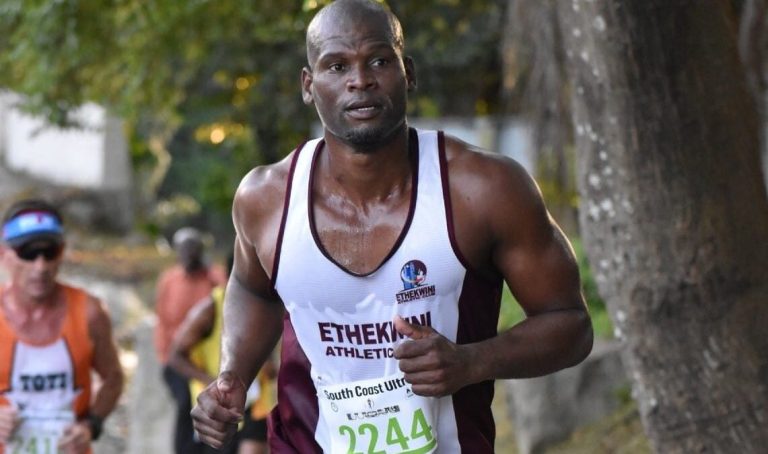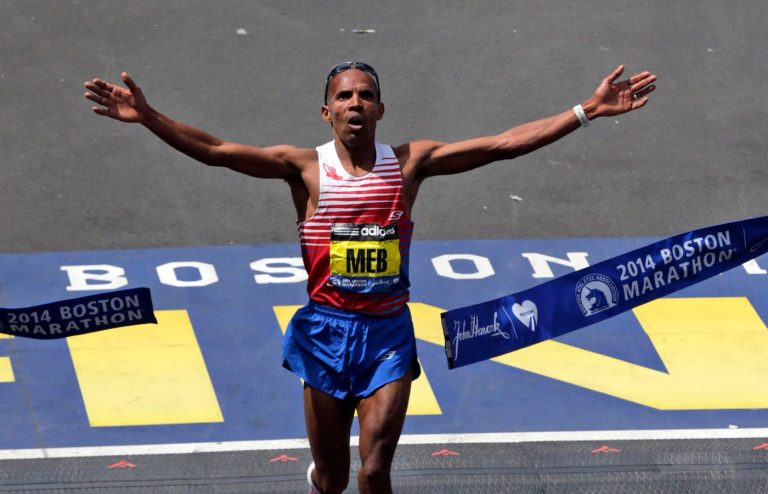How to Run a Marathon in a Year
To run a marathon in a year, start by creating a training plan based on your current fitness level and gradually increasing your mileage each week. Incorporate strength training, cross-training, and proper nutrition to support your running goals.
Join a running group or find a training partner for motivation and accountability. Stay consistent with your training and listen to your body to prevent injuries. Celebrate small victories along the way to stay motivated and focused on reaching your goal.
Remember, pacing yourself and staying dedicated will help you successfully complete a marathon within a year.
Setting The Goal
Setting the goal to run a marathon within a year is a significant commitment that requires determination, discipline, and strategic planning. It’s an ambitious target that demands careful consideration and a clear plan of action. By setting a specific goal, you will be able to focus your efforts and stay motivated throughout your training journey. This step is crucial in ensuring a successful marathon experience.
Choosing A Marathon
When choosing a marathon to participate in, consider factors such as location, terrain, and climate. Research various marathons to find one that aligns with your preferences and abilities. Look for events that are well-organized and offer adequate support for first-time marathoners. Additionally, consider the timing of the race and ensure it fits within your training schedule.
Establishing A Training Schedule
Creating a structured training schedule is essential to prepare your body for the marathon. Consult with a professional coach or utilize reputable marathon training plans to establish a personalized schedule based on your current fitness level and lifestyle. Incorporate a mix of long runs, speed work, and strength training to build endurance and prevent injuries. Regularly reassess and adjust your training plan to ensure steady progress toward your goal.

Credit: marathonhandbook.com
Building Your Fitness
Interested in running a marathon in just one year? Discover the secrets to building your fitness and stamina with our expert tips and training plans. Get ready to conquer that 26. 2-mile challenge!
Assessing Your Current Fitness Level
Determining your starting point is crucial to tailor your marathon training plan effectively.
Assess your cardiovascular endurance, strength, flexibility, and overall fitness level.
Consider consulting a fitness professional or using fitness assessment tools to get an accurate evaluation.
Improving Endurance And Strength
It’s essential to gradually build up your endurance and strength to conquer the marathon distance.
- Incorporate cardiovascular exercises like running, cycling, or swimming into your routine.
- Include strength training exercises to strengthen your muscles and prevent injuries.
- Focus on core exercises to improve stability and maintain proper running form.
Set progressive goals to gradually increase your mileage and intensity for sustainable progress.
Creating A Training Plan
Interested in running a marathon in a year? Start by creating a thorough training plan. Set achievable goals, gradually increase mileage, and include cross-training for strength and flexibility. Consult a professional for personalized guidance to ensure a safe and successful marathon experience.
Creating an effective marathon training plan is crucial for success. Let’s dive into key aspects to consider.Determining Weekly Mileage
When planning your training, calculate an appropriate weekly mileage based on your current fitness level and the marathon goal.Incorporating Rest And Recovery Days
Don’t overlook the importance of rest and recovery days in your training plan to prevent injuries and enhance performance.
Credit: www.rei.com
Nutrition And Hydration
When running a marathon, nutrition and hydration play a crucial role in achieving peak performance and maintaining endurance. By focusing on proper eating habits and staying adequately hydrated, you can ensure that your body is prepared for the physical demands of training and race day. Below, we’ll explore the essential aspects of nutrition and hydration for successful marathon training.
Eating For Optimal Performance
Eating well is instrumental in providing your body with the necessary fuel to sustain long-distance running. A balanced diet rich in carbohydrates, proteins, healthy fats, and a variety of vitamins and minerals is key. Prioritize whole foods such as fruits, vegetables, lean meats, whole grains, and legumes to support your overall health and energy levels. Incorporating complex carbohydrates, like whole-grain pasta, quinoa, and sweet potatoes, can help sustain energy for longer periods, aiding in marathon training.
Hydrating Before, During, And After Runs
Proper hydration is vital for maintaining performance and preventing dehydration-related issues during training and the marathon itself. Before a run, make sure to drink plenty of water to ensure you start properly hydrated. During runs, it’s essential to continuously sip water to replace fluid lost through sweat. Electrolyte drinks can also help replenish minerals lost during prolonged exercise. After your run, focus on rehydrating with water and incorporating recovery drinks that contain a mix of carbs and proteins to support muscle repair and replenish glycogen levels.
Avoiding Injury
In order to successfully run a marathon in just one year, it is crucial to prioritize injury prevention. By taking proactive steps to avoid injuries, you can ensure that you stay on track with your training and achieve your marathon goals. Here are some essential strategies to help you avoid injury:
Wearing Proper Running Shoes
One of the most important aspects of preventing running injuries is wearing the right kind of shoes. Investing in a pair of high-quality running shoes that are specifically designed for your foot type and running style can make a world of difference. The right shoes provide the necessary support and cushioning to protect your feet and joints from excessive stress and impact.
Strengthening And Stretching Exercises
To prepare your body for the demands of marathon training, incorporating strengthening and stretching exercises into your routine is essential. Strengthening exercises, such as squats and lunges, help build stability and improve muscle imbalances. Stretching exercises, on the other hand, promote flexibility and enhance overall range of motion. By regularly performing these exercises, you can minimize the risk of muscle strains or tears during your training journey.
Proper Rest And Recovery
While it is crucial to remain consistent with your training, it is equally important to give your body enough time to rest and recover. Pushing yourself too hard without allowing sufficient recovery can lead to overuse injuries. Make sure to incorporate rest days into your training schedule and prioritize adequate sleep to allow your muscles and joints to heal and rejuvenate.
Listen To Your Body
Your body has a way of communicating with you, and it is essential to listen to its signals. Pain or discomfort is your body’s way of telling you that something is not right. Ignoring those signals and pushing through the pain can exacerbate injuries. If you experience persistent pain or any unusual symptoms during your training, it is crucial to seek medical attention and address the issue before it becomes more severe.
Gradual And Progressive Training
Rather than diving headfirst into intense workouts right from the start, it is important to approach marathon training gradually and progressively. Increasing mileage and intensity too quickly can place excessive stress on your body and increase the risk of injuries. Gradually build up your mileage and incorporate cross-training activities to give your body time to adapt and recover.
By following these strategies, you can significantly reduce the risk of injuries and increase your chances of successfully completing a marathon within a year.

Credit: abcnews.go.com
Frequently Asked Questions On How To Run A Marathon In A Year
How Do I Train For A Full Marathon In A Year?
To train for a full marathon in a year, gradually increase mileage, mix up workouts, include strength training, focus on nutrition, and rest adequately.
How Long Does It Take To Go From Couch To Marathon?
It typically takes about 6-12 months to go from couch to marathon with consistent training.
How Many Years Does It Take To Train For A Marathon?
It typically takes 16 to 20 weeks to train for a marathon. However, the exact duration varies based on individual fitness levels and running experience. Consistent training and gradual progression are vital for preparing both physically and mentally for a marathon.
Conclusion
Embarking on a year-long journey to prepare for a marathon requires dedication and commitment. By setting clear goals, following a structured training plan, and taking care of your physical and mental well-being, you can achieve remarkable results. Remember that success is not only crossing the finish line but also enjoying the journey.
Cheers to your marathon endeavor!






